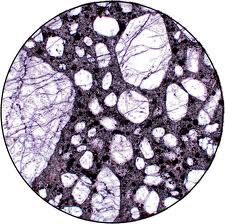Courses on engineering for older and historic buildings

The National Center fro Preservation Technology and Training (NCPTT) in Natchitoches, Louisiana, USA, will present two one-week classes June 14 to 24 to introduce the issues and technical challenges encountered in older and historic buildings. This unique program is aimed at engineers and related professionals who have structural engineering experience and have an interest in the specific engineering issues of historic structures. For more details and to apply, visit the website www.ncptt.nps.gov/summerinstitute
Courses that are part of the Engineering for Older and Historic Buildings curriculum may be taken individually or combined for a full two-week introduction to Preservation Engineering. Topics include 1) Materials and Building Pathology and 2) Diagnostics Methodology and Treatment Strategy.
Tuition for reach course is US$895, with a $100 discount for those registering before 17 May 2005. A discount is offered for American Institute of Architects Historic resources Committee and ASCE Architectural Engineering Institute. Student scholarships are available as well.
The program will examine several nationally-significant structures at the Cane River Creole National Historical Park and Cane River National Heritage Area near NCPTT headquarters: Established in the late 18th century by former slaves who themselves became wealthy planters, the grounds of Yucca Plantation (now known as Melrose Plantation) contain some of the oldest structures built in the United States by persons of African heritage for their own use. Oakland Plantation is one of the most complete expressions of the rural French Creole building tradition in the United States, and is one of the few large plantation complexes remaining in the South.
This is the second year Engineering for Older and Historic Buildings has been offered as part of NCPTT’s Summer Institute, While the 2005 Summer Institute focuses on Engineering of Older and Historic Buildings, future offerings will include courses developed by the Materials Research, Archaeology and Historic Landscapes Programs, as well as partner organizations.

